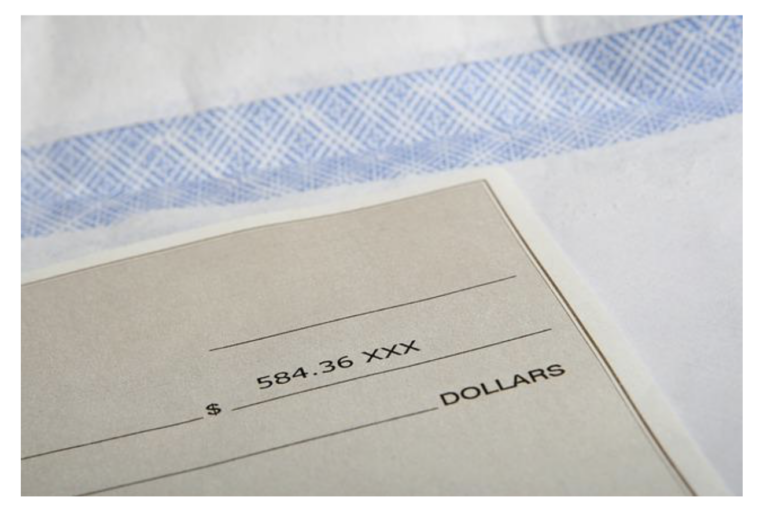6 Common Mistakes When Creating Pay Stubs
URL: https://pixabay.com/photos/american-bills-business-cheque-1239040/
Pay stubs are a vital payroll process element as they record employee compensation, taxes paid, and deductions. Usually, these documents offer employees detailed wage information, like deductions and gross pay. These details make it easier for employees to figure out how their compensation is computed and that it’s accurately paid. With accurate pay stubs, you can avoid disagreements with your staff overpayment, which can harm employee morale.
However, pay slip errors can lead to overpayment or underpayment, resulting in financial difficulties for employers or employees. Employers must generate accurate, comprehensive pay slips that comply with state and federal regulations while establishing employee loyalty and trust. Outlined below are common mistakes when creating pay stubs.
-
Failure to account for all deductions
Erroneously computed tax and other deductions may appear on pay slips due to mishaps in W-4 forms, typos, or other reasons. Failure to account for these deductions may result in catastrophic impacts on a company and its staff. Every mandatory deduction should appropriately reflect on pay slips, including:
- State and federal taxes
- Medicare
- Social security
Employee salary underpayments and legal business repercussions may occur when deductions and taxes are inaccurately reported. When employees compare their payslips against their bank statements and catch inconsistencies, mistrust and misunderstandings may erupt. Businesses must ensure their payroll systems can correctly compute and report all taxes and deductions to prevent such inaccuracies.
Financial and payroll records are assessed and reconciled regularly to ensure compliance with state and federal laws and accuracy. You can also use a pay stub generator to create a pay stub. However, all the computations of income tax withholdings and deductions should be based on the current taxation regulations and requirements. Pay stub generators can help automate the pay stub generation process, lowering the risk of human error.
2. Erroneous personal information
Erroneous personal data is among the most prevalent pay stub mishaps, which may include:
- Incorrect social security numbers
- Wrong addresses
- Misspelled names
Incorrect personal information can result in issues when authenticating employment details or filing taxes. These errors could be due to contractors or employees providing incorrect details. Precise employee data documentation is needed on pay stubs, including:
- Full names
- Social security numbers
- Addresses
- Tax withholding status
- Contact information
To fix this issue and ensure it doesn’t happen in the future, employees must promptly notify their employers and give them the necessary data. Also, employers should implement proper payroll record-keeping practices, train their staff on appropriate data entry strategies, and frequently review and reconcile payroll records.
3. Inaccurate vacation or overtime compensation reporting
Misreported vacation or overtime pay can have severe impacts on employers and employees. Non-exempt staff who work over 40 hours per week are eligible for overtime compensation. Misreporting this pay can result in wage underpayment, which creates a mistrust culture. To avoid these oversights, you can check your payroll systems keenly to ensure they account for vacation pay and overtime.
4. Erroneous salary or pay rate
An erroneous pay rate or compensation is a significant pay stub mistake that can cause problems for employees and employers. It can lead to salary overpayment or underpayment, causing financial liability for the company or financial hardships for the affected employees.
Incorrect salaries or pay rates result in erroneous tax reporting, leading to state and federal fines and penalties. They can also lead to low employee morale, mistrust, and employee dissatisfaction, negatively influencing an employer’s bottom line and productivity. Employers should accurately compute and record staff salaries and pay rates, including all the applicable commissions or incentives, to prevent this pay stub error.
5. Wrong pay period dates
Pay period dates are vital in determining the timelines for which an employee is being compensated, plus the corresponding worked hours and pay. The wrong pay period can lead to wage overpayment or underpayment, resulting in incorrect tax reporting. This can cause government agency fines and penalties. It’s the employer’s responsibility to provide the human resource department with precise details on pay period timelines to ensure workers are paid for the correct period.
6. Inadequate pay stub details
Insufficient pay stub information can lead to errors and misunderstandings over employee salaries, deductions, and salaries. The details on a pay slip differ depending on a staff’s tax liability, local or state requirements, and benefit contributions. Most pay stubs include the following information:
- General details
- Gross wages
- Pay period
- Tax deductions
- Involuntary deductions
- Voluntary deductions
- Employee benefits deductions
- Net pay
Endnote
Pay stubs should contain accurate details to avoid overpayments and underpayments. Consider avoiding these mistakes when creating pay stubs to prevent payroll complications.

